Use Of RICE Principle in Physiotherapy:
Table of Contents
RICE PRINCIPLE:
The R.I.C.E. treatment is recommended by health professionals for the early treatment of bone injury or acute soft tissue injuries such as a sprain or strain. helpful for sports injuries, closed fractures, and degenerative joint problems.
The acronym R.I.C.E. stands for:
- Rest
- Ice
- Compression
- Elevation
The primary goal of R.I.C.E. is to bring pain and swelling under control as quickly as possible.
It should be started as soon as pain and swelling occur and used until there is healing of minor injuries or until another treatment has been initiated for more complex problems. Here are the basics of R.I.C.E.
RICE for injuries:
Rest:
- for the healing of injured tissue.
- Without rest, movement and weight bearing can continue to aggravate an injury , increased inflammation and swelling.
- should initially reduce using or stop using the injured area for 48 hours.
- If you have a leg injury, you may need to stay off of it completely and not bear any weight on it.
- You may need to use assistive devices or mobility aids to keep off of the injured joint or limb.
ICE THERAPY:

- Ice is useful for reducing pain and inflammation associated with an acute injury.
- Icing is believed to be most effective if done the first couple of days after the injury has occurred.
- apply ice for 20 minutes at a time and as frequently as every hour. If you prefer, apply it four to eight times a day.
- You can use a cold gel pack or a plastic bag filled with ice,do not apply a bag of ice directly to the skin. Instead, wrap the bag of ice in a towel or make sure there is some layer of material between the ice and your skin. Often,gel packs or cold packs sold for this purpose have a cover provided.
- DON’T For Ice :
- Don’t leave the ice on your injury for more than 20 minutes at a time or you could damage your skin.
- After you remove the ice pack, give your skin time enough to get warm before icing it again.
Compression:
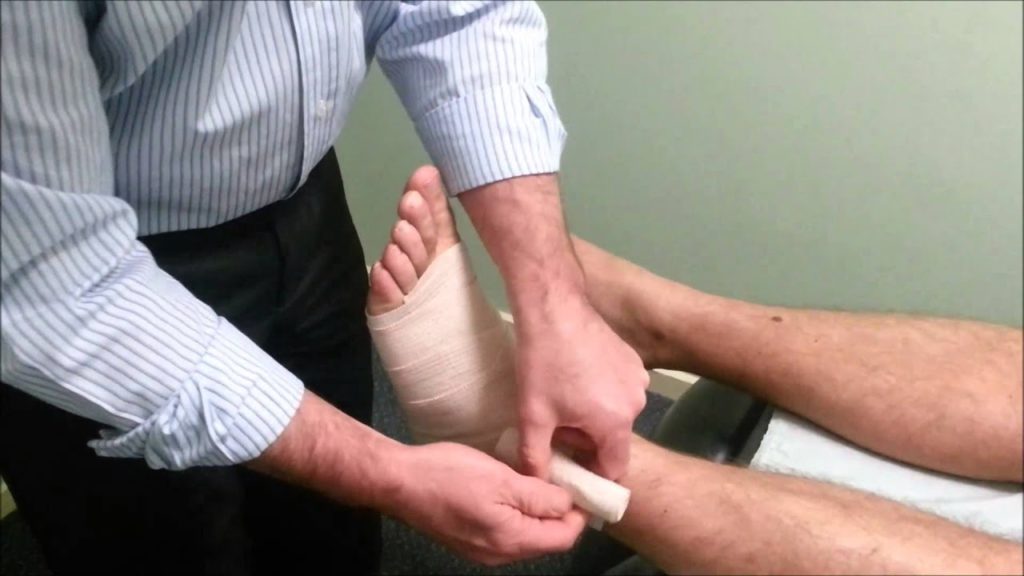
- Compression of an injured or painful ankle, knee, or wrist helps to reduce the swelling.
- Elastic bandages, such as ACE wraps, are most commonly used.
- Special boots, air casts, and splints can serve a dual purpose of compression and support.
DON’T Compression :
Be sure not to apply excessive compression which would act as a tourniquet and interfere with your blood circulation.
If you feel throbbing, the bandage is probably wrapped too tight; take it off and put it back on a little looser.
Do’s For Compression :
Use elastic bandages only in the first 24 to 48 hours after an injury. Combine rest and elevation with compression whenever possible.
Don’t apply ice and compression at the same time. This can cause frostbite.
Don’t wrap elastic bandages too tightly. The idea is to discourage swelling, not to block blood flow altogether.
Don’t try to wrap an ankle or a knee with an elastic bandage to keep it from getting re-injured. Elastic bandages don’t provide support; they’re simply for compression.
Alternative Options:
Self-adherent compression bandages (Coban or Sensi-wrap) provide compression similar to an elastic bandage.
They have the added benefit of behaving like tape without sticking to the skin. These wraps can be torn easily to the length the rescuer needs and they are capable of wrapping tight enough to be an adequate tourniquet.
Self-adherent compression wraps are common in sports settings and come in several different widths ranging from 1/2-inch to 4 inches. Since they act like tape, they’re more versatile in a first aid kit than a typical elastic bandage.
Gauze wraps like Kerlix, Kling, or Conform are not as springy as an elastic bandage. They aren’t used much for compression because they just don’t get tight enough while still holding their wide shapes.
Elevation:
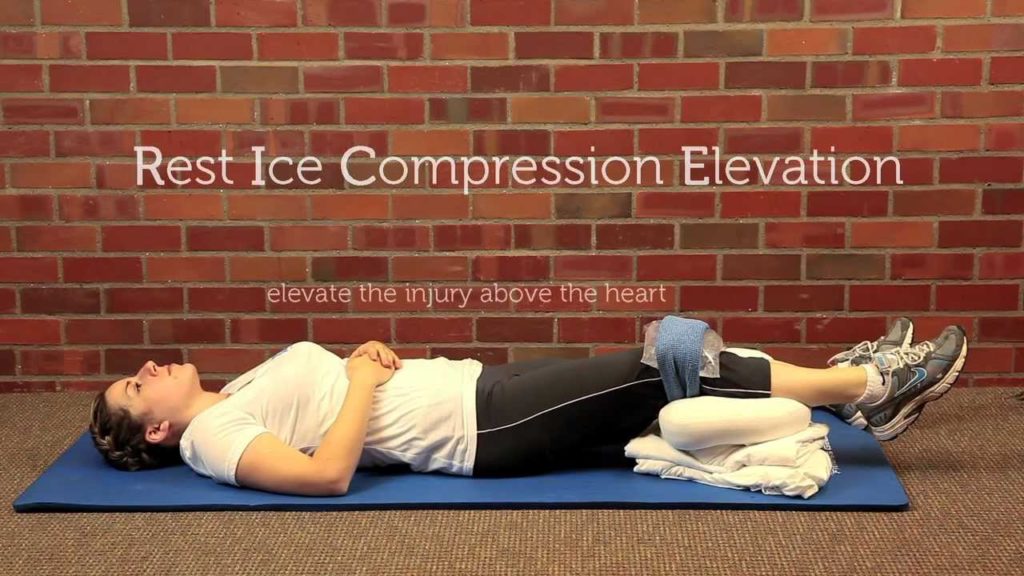
- Elevate the injured part of the body above heart level.
- provides a downward path for draining fluid back to the heart, which may reduce swelling and pain.
- Try to elevate the entire limb 6 to 10 inches above the heart so there is a complete downhill path.
- Lay down and use a pillow to help elevate the injured limb.
When to Seek Medical Treatment?
Too often, people with an acute injury do nothing with the hope that it will go away without any intervention. Many common acute injuries can be helped by R.I.C.E., especially when combined with over-the-counter pain relievers.
If your pain and swelling don’t begin to go down after 48 hours, you should see your doctor.
Get professional treatment immediately if any injury is severe. A severe injury implies that there is an obvious fracture, dislocation of a joint, prolonged swelling, or prolonged or severe pain. Serious injuries may require more intensive treatment and possibly surgery.
Overview Of RICE Principle:
Sprains and strains can happen to anyone, whether on the playing field or simply when making a wrong move at home. Bringing pain, swelling, and inflammation under control as soon as possible is the optimal plan. It’s smart to stock an ice bag and an ACE bandage as part of your emergency first aid supplies. You might even keep a cold gel pack in the freezer to have ready.
Alternatives Of RICE:
As the Cold or Ice component of RICE and its variations reduces blood flow to the injured area and delays healing, some people argue that for certain types of injuries (such as damage to ligaments and tendons) a protocol that increases blood flow, such as MEAT (Movement, Exercise, Analgesics, and Treatments), should be used.
MICE Principle (Movement, Ice, Compression, Elevation):
MICE Principle is used in starting phase of injury but use in unaffected part of body ex. when ankle strain or sprain occurs MICE is used in hip and knee movement.
Because of that unaffected part movement is important for healthy muscle.
After some time when the recovery occurs in the affected part means inflammation, redness, swelling reduce MICE procedure should be followed for affected part.
Related Other Article :



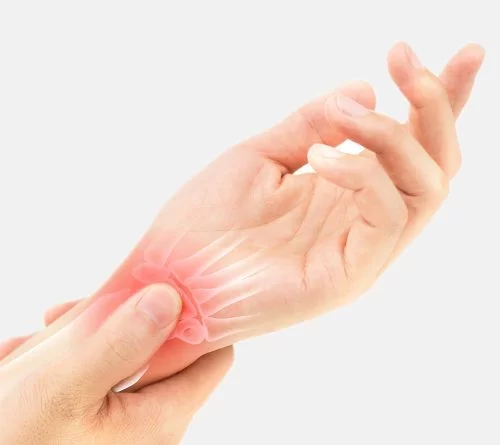

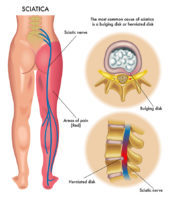
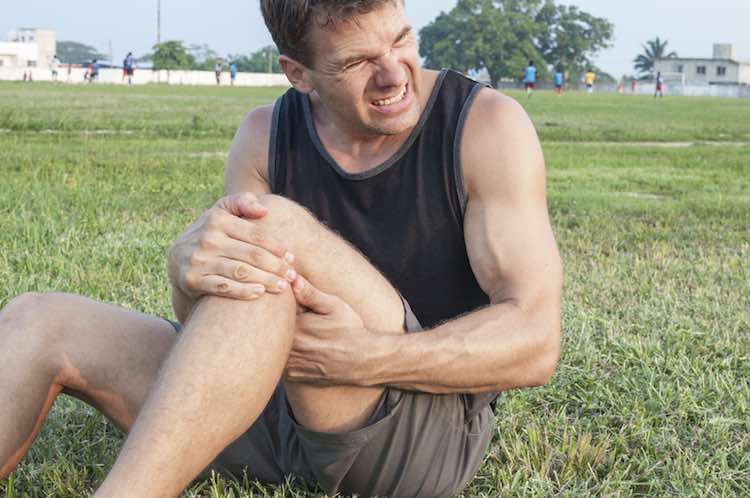
29 Comments